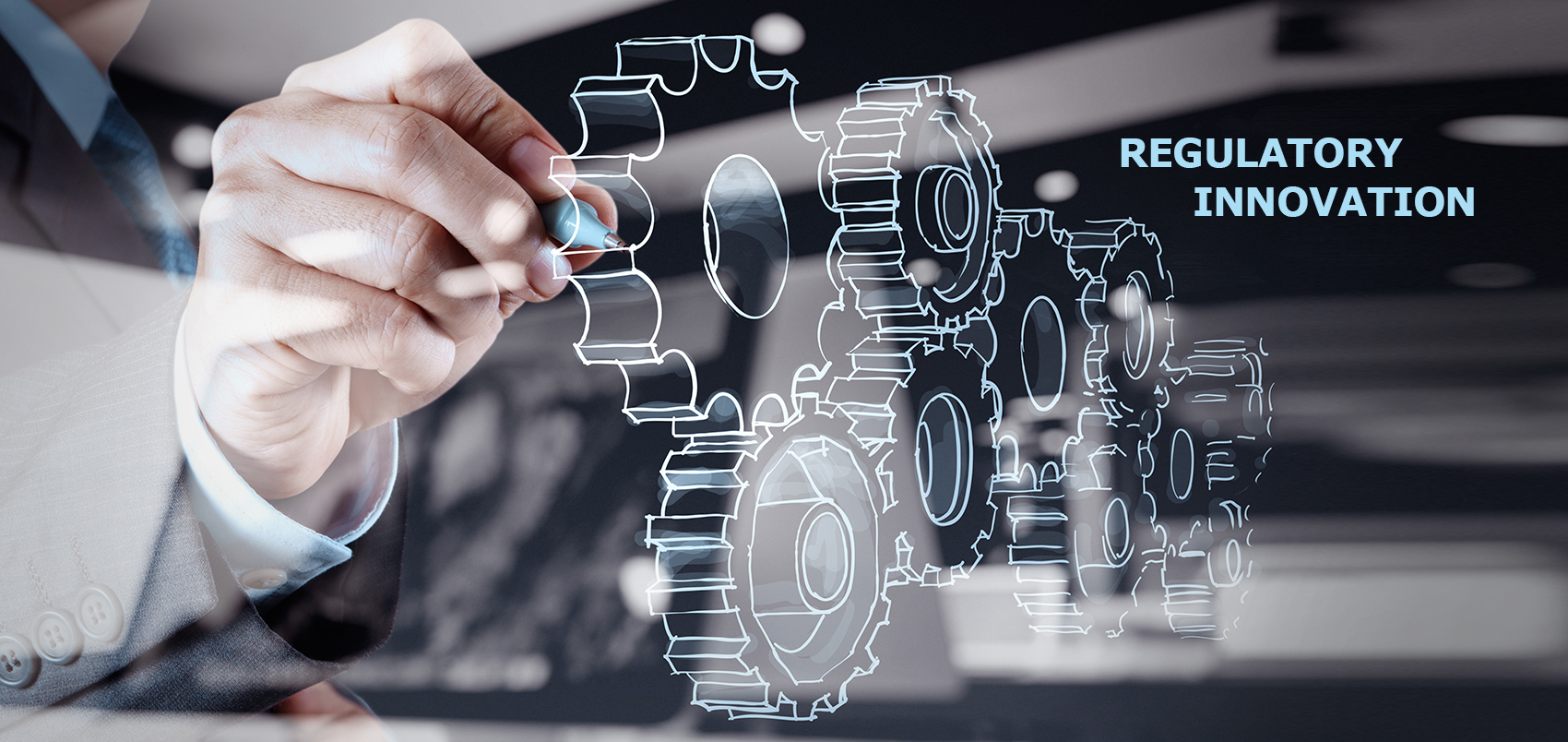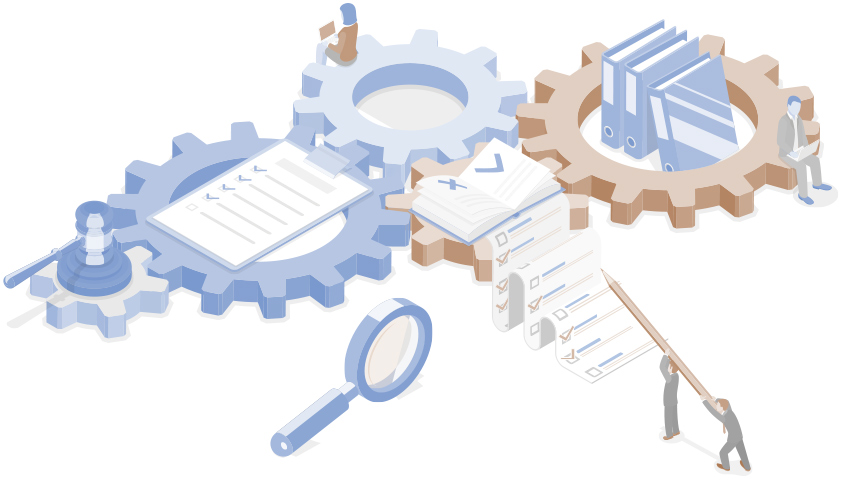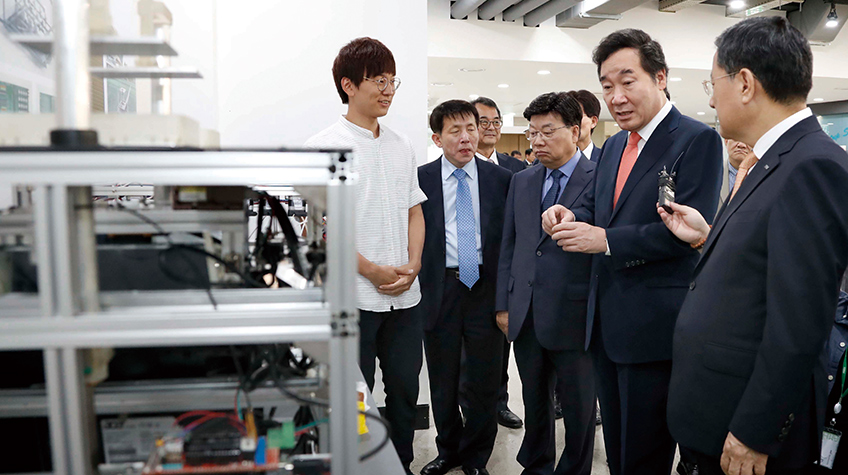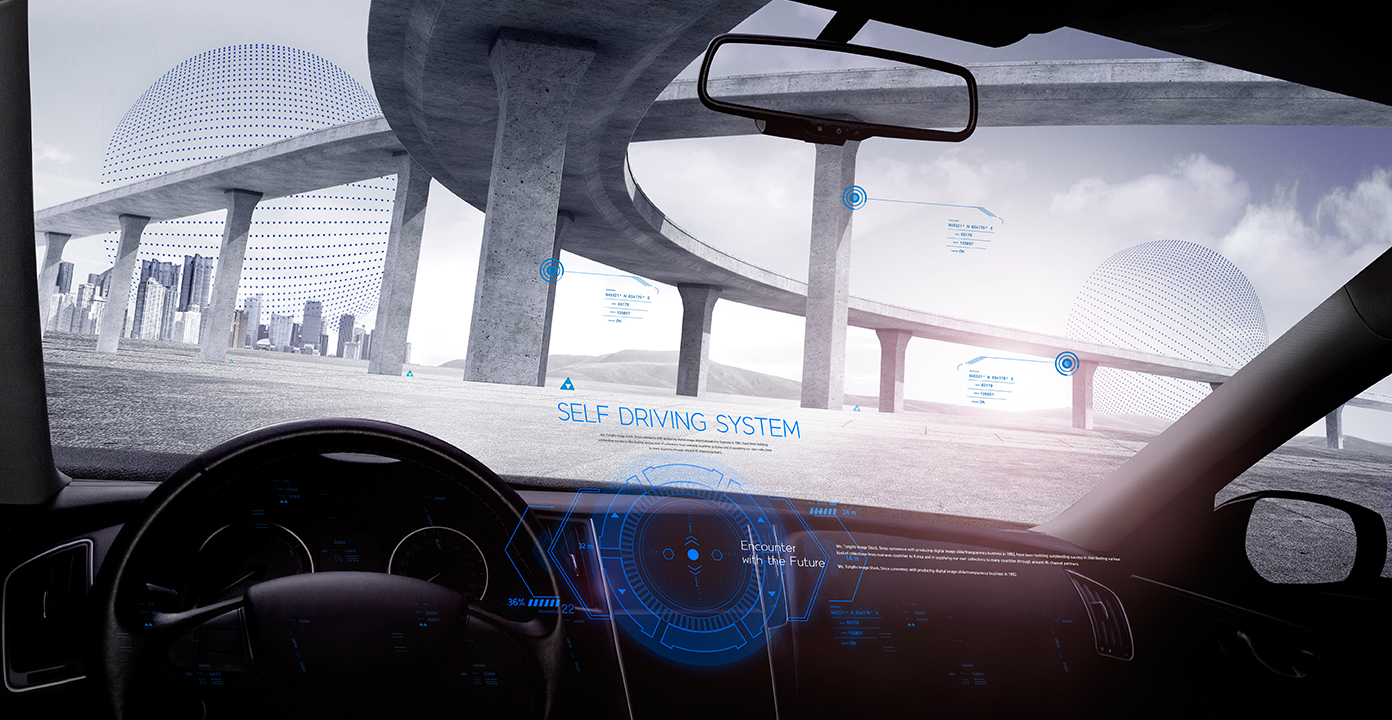
Contents





A Poet Who Sings Love






Korea Pursues Regulatory Innovation
The Era of the Fourth Industrial Revolution
Case 1) Even if a one-man drone has been invented, the aerial vehicle is banned from any test run, due to the current regulation on ultra-light aerial vehicles, which only applies to eight types. Due to the outdated law, it’s impossible to carry out research and development on such one-man drones and other highly-advanced products. Case 2) The mother of a young boy with diabetes ended up being indicted as many as seven times for violating the medical appliances act after she had to purchase an unauthorized newlydeveloped blood testing kit from outside of Korea, which is banned under the existing rules. This will change as the Korean government vows to update and reform outdated and unnecessary regulations in a way to fit into the new era of industrial transitions.
Written by Sohn Ji-ae

Outdated Regulations Block Innovative Growth
Although innovative technologies and services continue to spring up across the realm of economy, outdated regulations get in the way of them coming to the market. Amid fast industrial transitions, some of the existing regulations stall innovation as they impede the development and commercialization of new technologies and services that can otherwise make the lives of the people more convenient and safer. Reducing and abolishing outdated rules will help not only to boost the national economy by letting more innovative entities play in the market, but also to save lives as in the mother of a diabetic son described above.

Regulations Go Innovative
Responding to the rapidly changing industrial landscape, the Korean government has since its inauguration voiced the need for a regulatory reform, for example, on medical appliances, big data and fintech.
The government took a further step forward when it recently announced a new regulatory plan to reduce the size and scope of unnecessary regulations on new products and services. The regulatory agenda aims to apply “innovative regulations” to new fledging industries. This regulatory reform effort goes in line with the government’s vision to build “an innovative, inclusive nation,” which aims to secure new growth engines by means of new technologies and the fourth industrial revolution. Here are some of changes that the regulatory reform will bring about by next year.
The range of materials that can be used for striping on the road surface—currently restricted to paint, light-reflecting tape and raised pavement markers—will start to include new light-emitting marks like LED. Materials for road pavement, too, will expand to new products like polymer and plastic pavement, asides from the currently authorized asphalt and cement under the law.
 Prime Minister Lee Nak-yon browses technologies invented at a research institute in Gyeonggi-do Province in November last year, where he presided over a meeting on measures to update outdated regulations. © Yonhap News
Prime Minister Lee Nak-yon browses technologies invented at a research institute in Gyeonggi-do Province in November last year, where he presided over a meeting on measures to update outdated regulations. © Yonhap NewsThe existing regulations on ultra-light aerial vehicles, which apply to only eight types including hang gliders, paragliders and parachutes, will be updated so as to allow state-of-the-art ones like manned drones, flying boards and Fusion Man jets to be test-run or be subject to research and development.
The government also released a roadmap that preemptively tackles regulations on self-driving cars, considered as one of the promising industries of the future that it expects will enjoy an average annual growth rate of 41 percent. With the new regulatory plan set to phase in by 2035, 30 regulatory issues will be improved through revision of laws and regulations, as in the redefinition of driving subject as a system drives the autonomous vehicle, instead of a driver currently defined in traffic rules. Various restrictions will be removed, such as bans on the use of mobile phones and on vehicle platooning, as well.
 Self-driving cars are considered as one of the promising industries of the future. © imagetoday
Self-driving cars are considered as one of the promising industries of the future. © imagetodayMore to Come
The government vows to further establish regulatory roadmaps next year for other new industries, like hydrogen and electric cars and new energy.
With the ongoing regulatory reform efforts pursued by the government, market entities will be able to more productively use highly-advanced products and services. Innovators will be freer to pursue advances in new industries. For the public, too, their quality of life will be improved with more access to innovative products and services. The benefits of regulatory updates will be felt far and wide, especially in terms of solving the jobless crisis, one of issues that the nation grapples with. Good regulatory practices will contribute to economic growth, as they open new opportunities to innovative businesses and this will in turn create more jobs. Only when innovators, businesses and the public experience greater economic freedom, free of a shackle of outdated and unnecessary regulations, can we project that greater economic results will come in the coming years.
Other Articles





A Poet Who Sings Love





Application of subscription
Sign upReaders’ Comments
GoThe event winners
Go


 December 2018
December 2018


